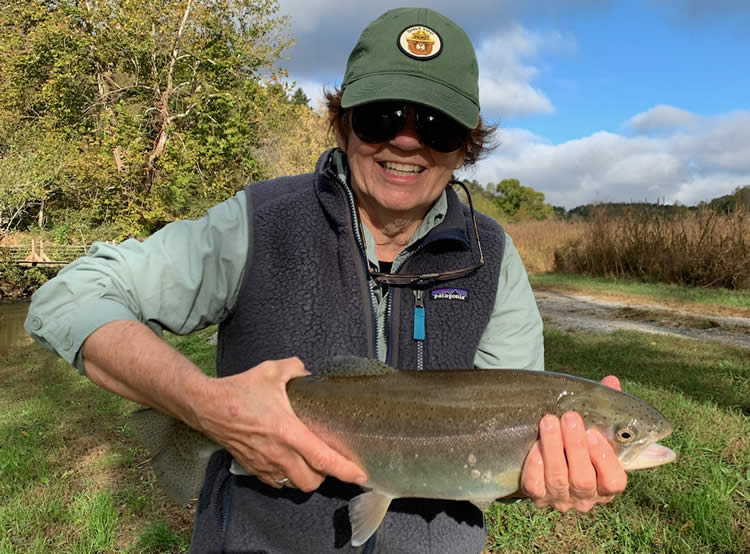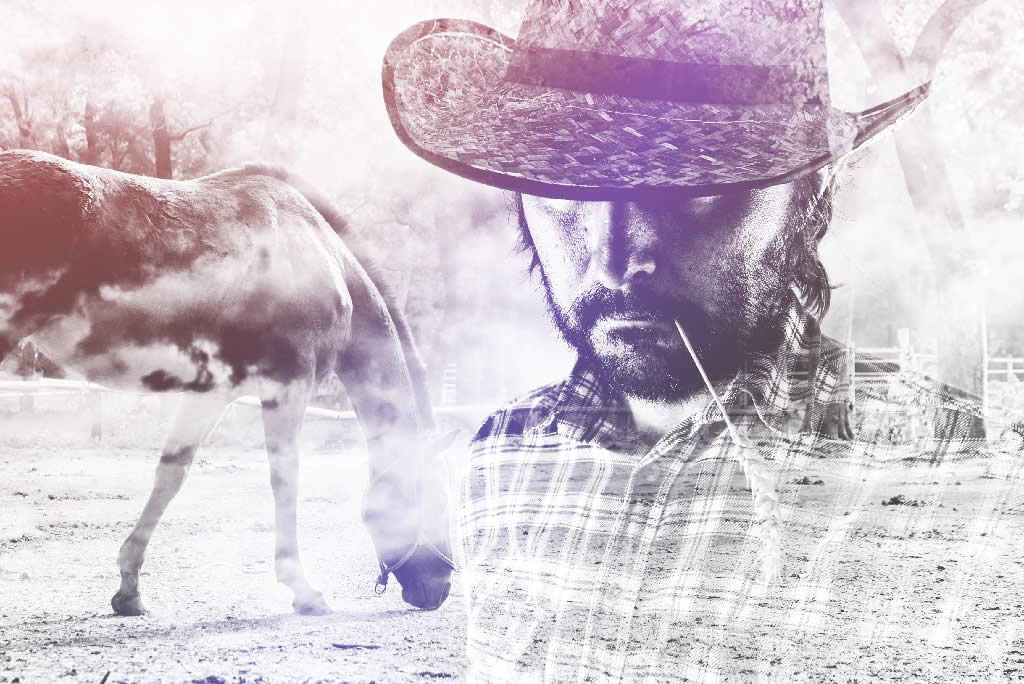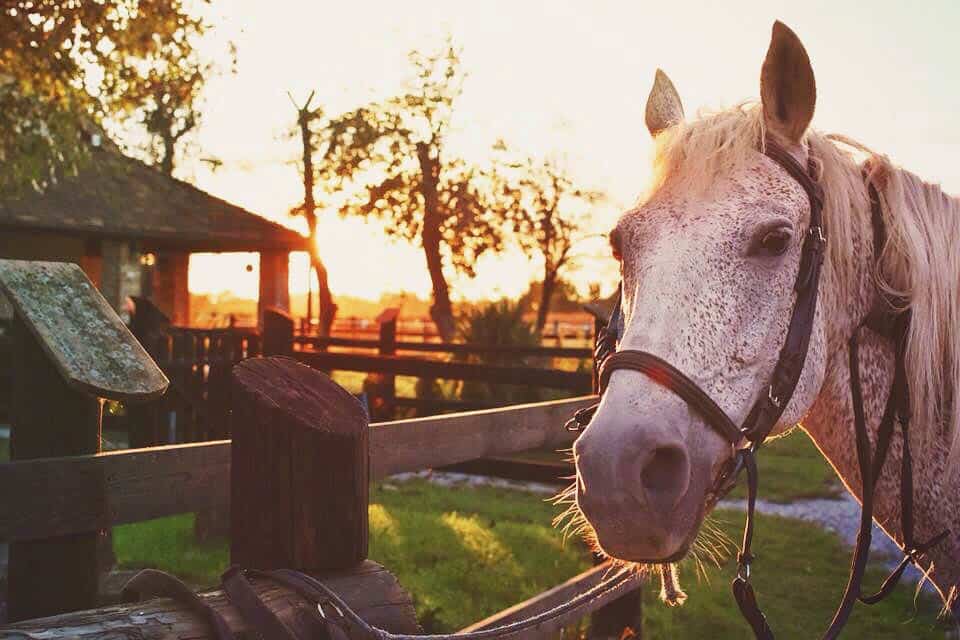The History of the Madigan Squeeze in Australia
Dr. John Madigan and I have known each other since the early 70s when we were both undergraduates at the University of California at Davis. We both wanted to go to veterinary school, and he got into school ahead of me. I worked at the veterinary school when he came through as a student. It took me a lot longer to get in and, thankfully; I graduated from Auburn University many years later.
Since I lived in Australia, we did not catch up or see each other until my dad mentioned that the vet school at Davis was conducting a lecture about equine influenza (EI) and the repercussions of that virus when it invaded Australia. Doctor Madigan asked me to come and speak to the students and faculty about the outbreak that I experienced when practicing in Australia.
We became reacquainted and when Dr. Madigan came out to Australia to give lectures, he and I had just the best time together going around my practice area and seeing some of the neurological cases that we had experienced when the West Nile Virus also hit our area. If you like drama, Australia was a really great place to practice.
I visited the United States every year, and because my family was scattered around, I would pass through Woodland California, and spend the night with Dr. Madigan, and his wife and fellow neurologist, Dr. Monica Aleman.
The problem foal
Overtime, he talked to me about this concept of what is called, “dummy foals” or neonatal maladjustment syndrome. Basically, these foals are born and just fail to thrive. They act like they’re sleepy, they may walk around, but they don’t bond to the mare, and lack the initiative to seek the teat and nurse. Some of them have seizures. There’s a whole range of symptoms. Doctor Madigan had thought long and hard about what was really going on with these foals.
It has always been thought that this was a lack of oxygen, and usually if you give the foal enough time, many but not all foals recover. However, the effort and expense to care for the foals is enormous.
When I had maladjusted foals at my clinic. I would get up every two hours during the night to feed the foals. It is very labor intensive.
What is often the underlying problem?
In many (but not all) of these foals, the problem is a persistence of a progesterone-like hormone that is in all mammals. The hormone keeps the neonate quiet in the womb. The hormone levels drop during the birthing process, but if the foal comes out too fast, or if for unknown reasons, the progesterone-like hormone persists, the foal becomes what we all call dummies. The same thing happens in all mammals, including humans!
My involvement
Dr. Madigan lived in the Northern hemisphere, and I lived in the Southern. He found in one foal that “squeezing the foal” was like a rebirthing processed and caused the hormone level to drop and after twenty minutes of squeezing, many foals woke up and became normal foals. He needed confirmation and video evidence.
Dr. Madigan asked me to try it on any cases I had during our foaling and breeding season. I did, and I videoed the whole thing. It was the second “squeeze” ever done and the first in the Southern hemisphere. I then did two more that season and videoed them all.
I sent blood samples to them to confirm the hormone relation. The samples went to China, then to Alaska, to the East Coast of the States, before they arrived in at the UC Davis lab. Miracle of all miracles, they survived and were used to get useful data to show the squeezing reduced the hormone.
It was an exciting adventure, and I was proud to help in the development of this important tool for treating maladjusted foals. It is now used all over the world and in humans it is often called “Kangaroo care.”
This is the first video used to show the procedure. It has changed neonatal intensive care and made and tough job so much easier. I probably did fifteen or more before I hung up my rope, but there are some important rules to follow and all foals should be carefully assessed for other conditions, such as sepsis, fractured ribs, and congenital defects.
I can count on one hand the number of foals that I had to feed every two hours in the middle of the night after learning about this technique. It was a game changer for me and many veterinarians.









